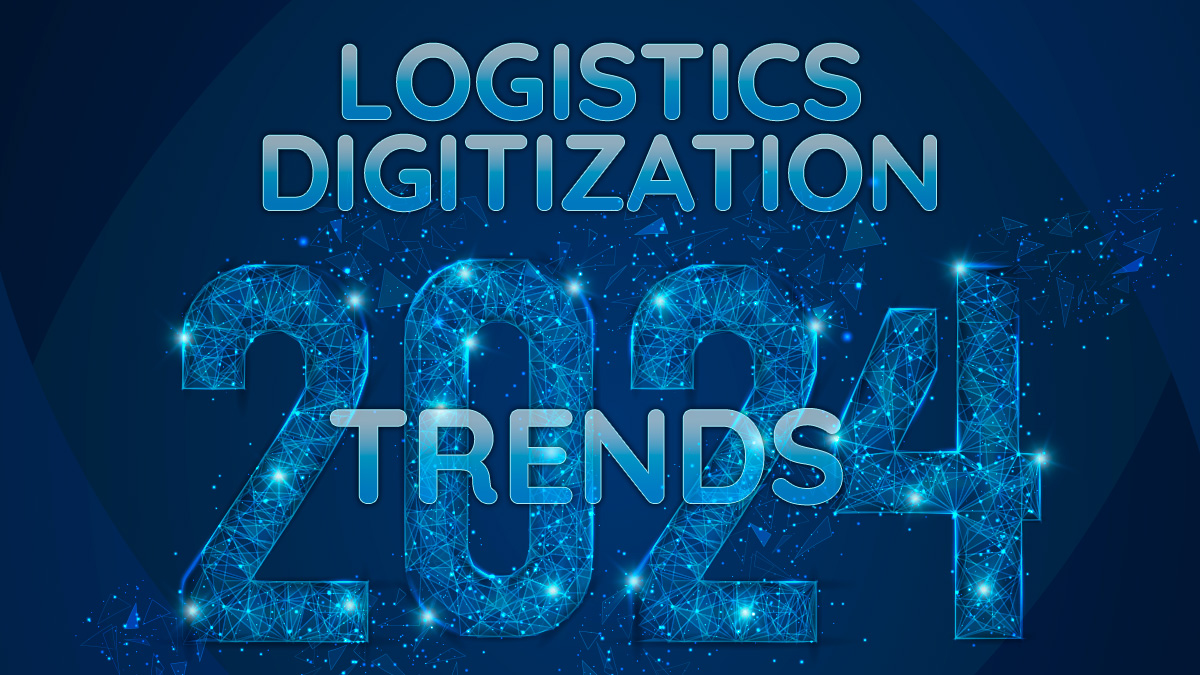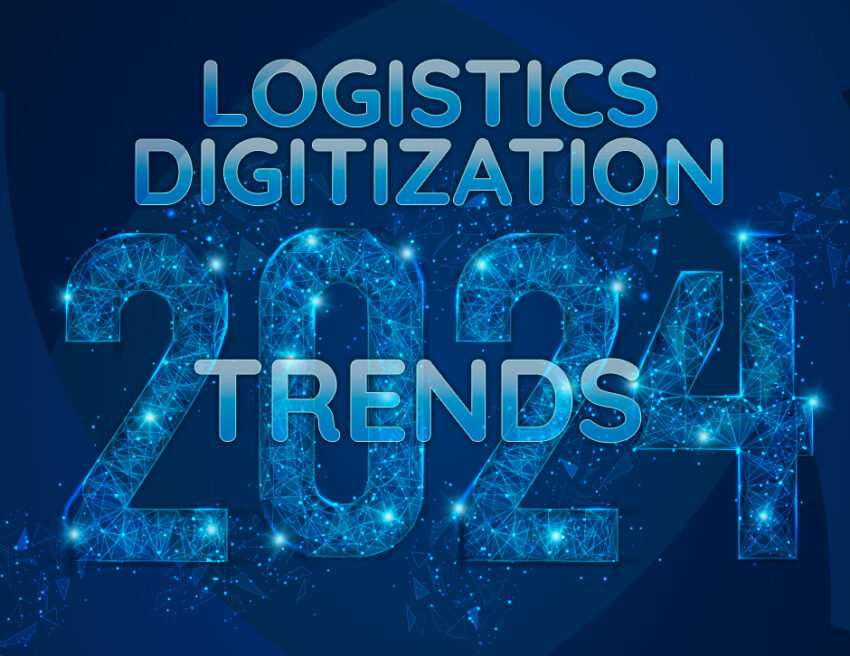As we step into the new year, leaders in the transportation and logistics industry are faced with critical decisions that will shape the future of the sector. With technology investments on the rise since 2020, companies that resist modernization risk falling behind in an industry where options are narrowing. In 2024, businesses have a unique opportunity to bolster their supply chain resilience, to better deal with challenges like accelerated deliveries, the surge in e-commerce, and a shortage of qualified labor. A recent study by McKinsey‘s, highlights how logistics enterprises are strategically investing in technology to lower costs, enhance productivity, and gain a sustainable competitive edge.
In today’s blog we delve into the key logistics digitization trends identified by leading consulting firms, set to define industrial and business development in 2024 and drive transformative innovations.
Logistics digitization trends in 2024

The Dominance of Data Analytics
The realm of supply chain management is witnessing a significant paradigm shift, with data analytics taking center stage. Third-party logistics providers (3PLs) have played a pivotal role in this transformation by integrating systems throughout the supply chain and harnessing the power of robust business intelligence and visualization tools.
DHL Supply Chain exemplifies this shift by leveraging machine learning for peak demand management. Through the analysis of historical order patterns, the company identifies external factors, such as weather and economic conditions, influencing customer behaviors. This approach results in more precise forecasts for individual workstreams, allowing for proactive preparation to manage demand fluctuations and navigate extreme peaks while maintaining service levels.
The Use of Artificial Intelligence
Revolutionizing Trucking Logistics through Digitalization
The integration of autonomous driving and electrification into trucking logistics is poised to bring about a transformative shift, paving the way for more advanced digital setups in transportation networks. This evolution in the autonomous trucking industry has witnessed market consolidation driven by changing conditions, potentially creating first-mover advantages. Emerging business models, such as trucking-as-a-service, are playing a crucial role in supporting the deployment of electric trucks, challenging traditional approaches to logistics.
As the road freight industry adopts electric trucks into fleets, these servitization models prove instrumental by prioritizing ease and speed of deployment while offering lower upfront costs compared to conventional truck purchases. The convergence of autonomous driving and electrification promises to reshape transportation networks, marking a significant departure from traditional logistics methods.
The Use of Robotics
A Fully Orchestrated Supply Chain
While this vision poses a formidable challenge, the journey toward orchestration will unfold in stages. Furthermore, each stage will deliver incremental value, gradually progressing towards the ultimate goal. Initial efforts are directed at orchestrating the activities of multiple automation systems within a specific environment, ensuring seamless collaboration to achieve shared objectives efficiently. Subsequent stages will see the integration of additional resources into the overarching orchestration model.”


